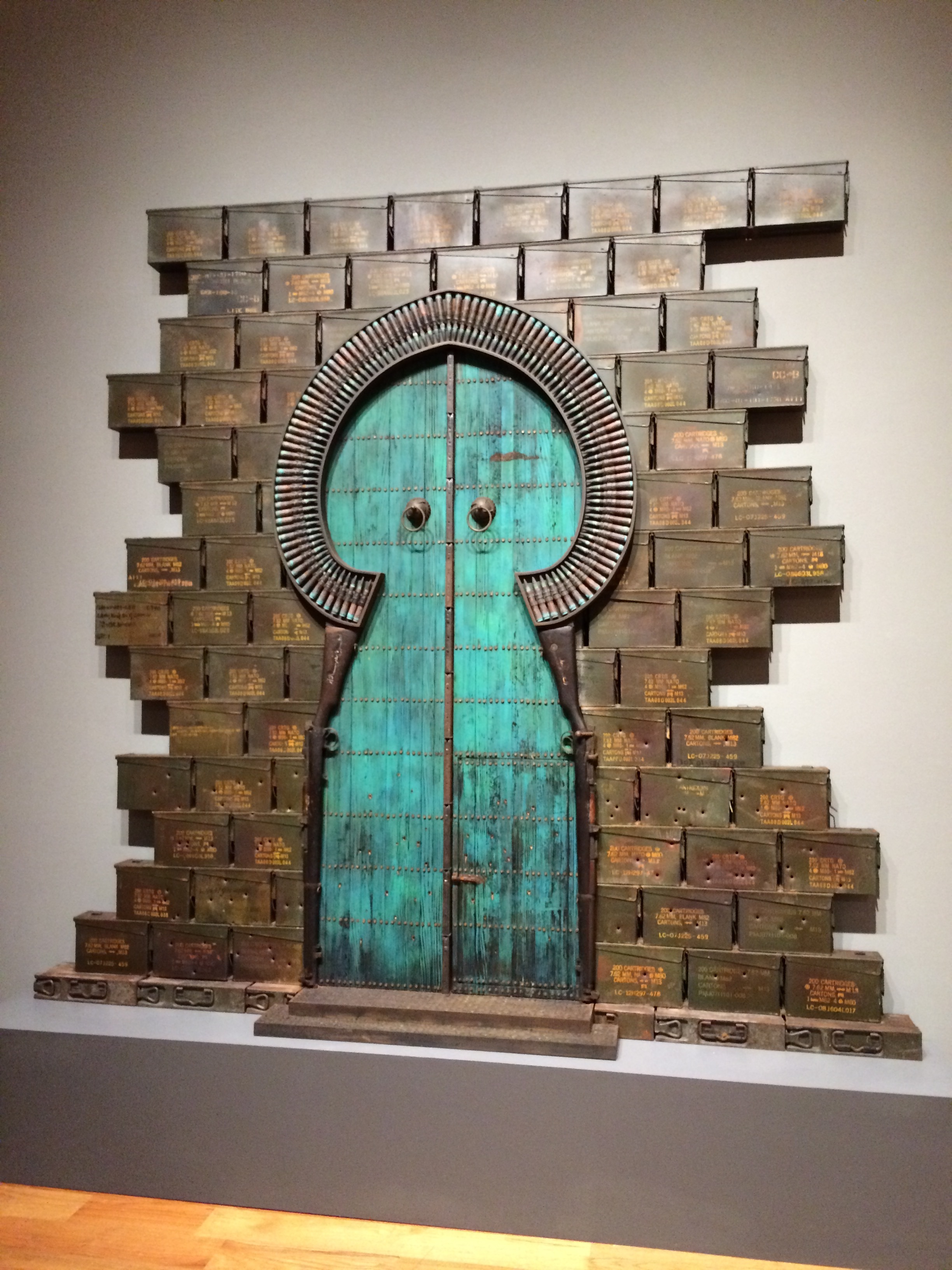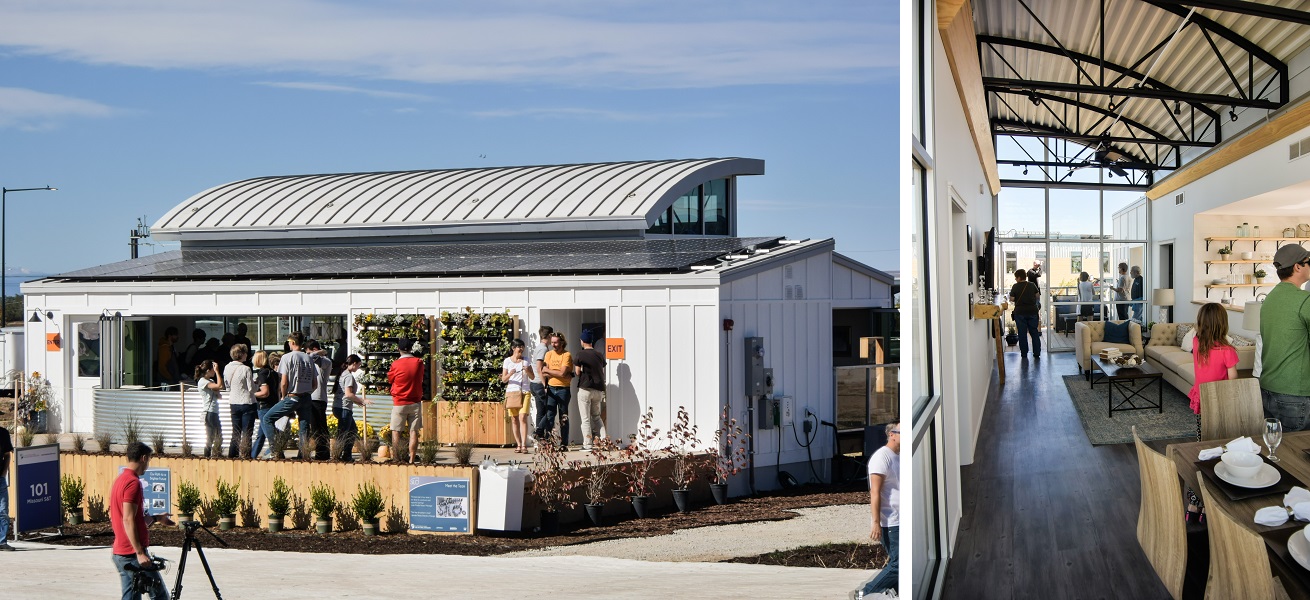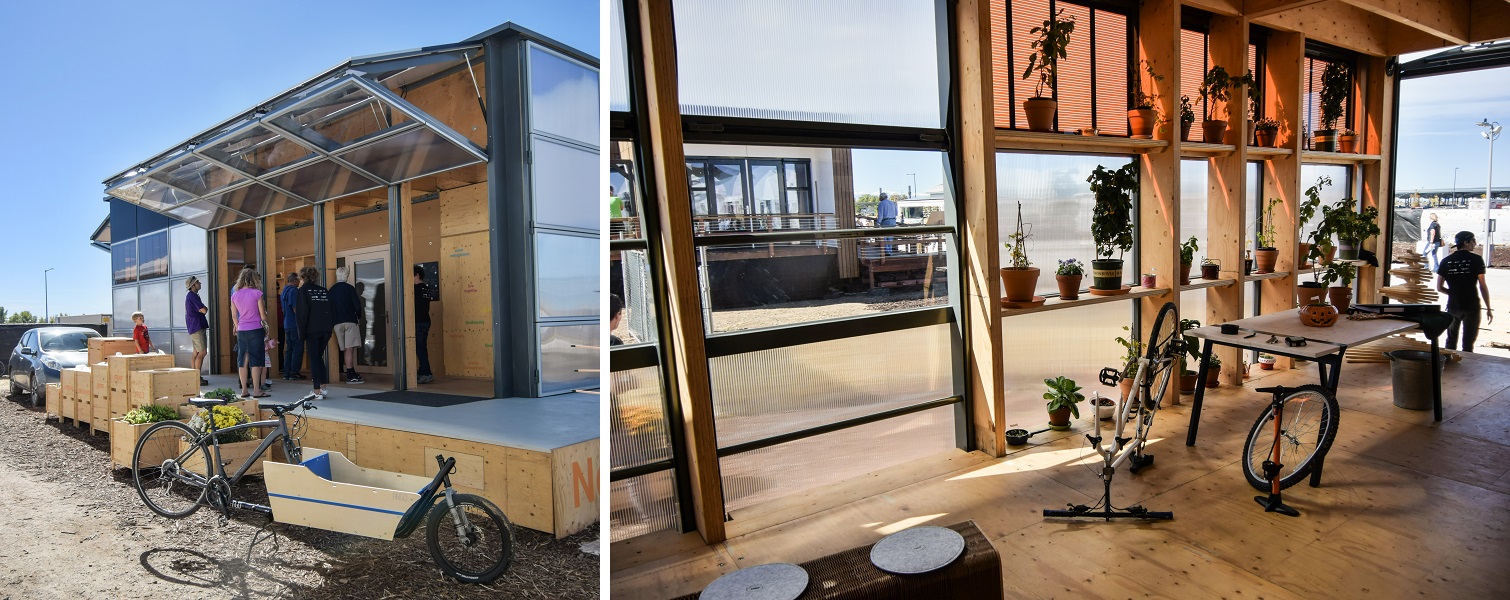Divine Ammunition by Al Farrow
/The exhibition Divine Ammunition by Al Farrow is on display at the University Art Museum here at the University of Wyoming through December 16. It is powerful. I thought I would share some photos.
This is from the introductory panel:
Divine Ammunition
The Work of Al Farrow
In his meticulous miniature representations of churches, mosques, synagogues, mausoleums and devotional objects, sculptor Al Farrow (American, b. 1943) explores and challenges the relationship between religion, conflict and war. Inspired by a 1995 encounter with the reliquaries of the Medici Chapel in the Basilica of San Lorenzo, one in particular captured Farrow's imagination. The ornate silver and jewel-encrusted vessel contained a withered finger enclosed in its original blown glass. The body part, arched as a trigger finger might be, sent Farrow's mind to racing with the incongruences of object, metaphor, and ultimately to paradoxes of religion and war, history and culture, belief and power. His artistic pursuit resulted in his series, Twentieth Century Reliquaries.
Farrow’s choice of materials ― used firearms, new and used spent shell castings, lead shot combined with bone, glass and other found objects ― balance the architectural distinctions of his houses of worship, each embedded with doctrines of its particular faith, with the aesthetic beauty of re-purposed, re-fabricated and re-finished military weaponry. Fashioned with painstaking finesse, revolvers become flying buttresses, gun barrels and trigger assemblies convert into spires and gables, and bullets of varying sizes take on the appearance of rooftop tiles or reference sculptures of saints.
In a manner of furthering his own intellectual curiosity and reflection on his subject, Farrow imagines Santo Guerro, a saint of his own invention, which is represented in the monumental The Spine and Tooth of Santo Guerro (2007) and several smaller works that incorporate human bone.
Farrow has an extensive exhibition record that includes solo and group exhibitions spanning 40 years. He is represented in prestigious collections such as the San Francisco Museum of Modem Art, San Jose Museum of Art, 21c Museum Hotel, the de Young Museum and in public and private collections in Germany, Israel, and Sweden. He lives and works in California and is represented by Catharine Clark Gallery, San Francisco.


























